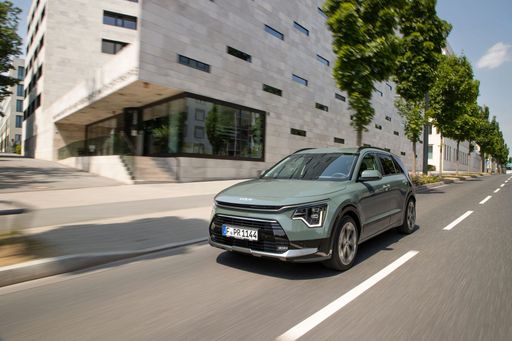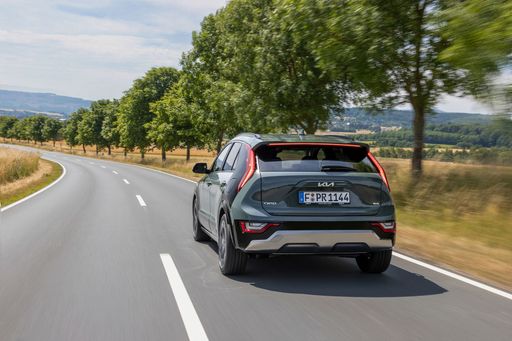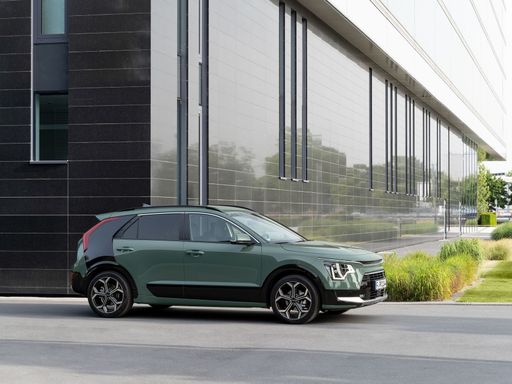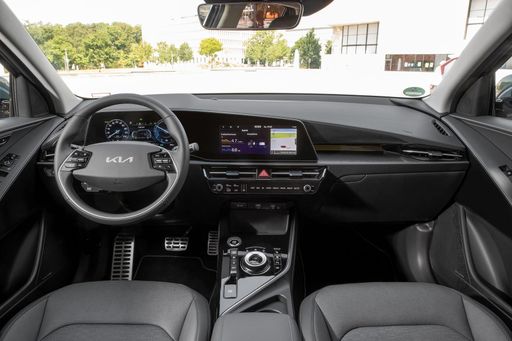Conclusion: Which SUV Comes Out on Top?
The choice between the Ford Kuga and the Kia Niro boils down to specific needs and preferences. The Kuga, with its more powerful engine options and optional all-wheel drive, is geared towards those who value performance and versatility. It is also ideal for buyers who frequently engage in long-distance travel, given its superior electric range and larger cargo space.
On the other hand, the Kia Niro stands out for those prioritizing environmental impact and fuel economy, proving to be a keen choice for eco-conscious drivers. Its nimble dimensions make it particularly appealing to urban commuters looking for an efficient, compact SUV.
Both the Ford Kuga and Kia Niro bring a host of modern features and benefits to the table, making them top contenders in the SUV segment. Ultimately, the decision will rest on whether the buyer’s priorities align more with environmentally friendly efficiency or versatile power and space.








